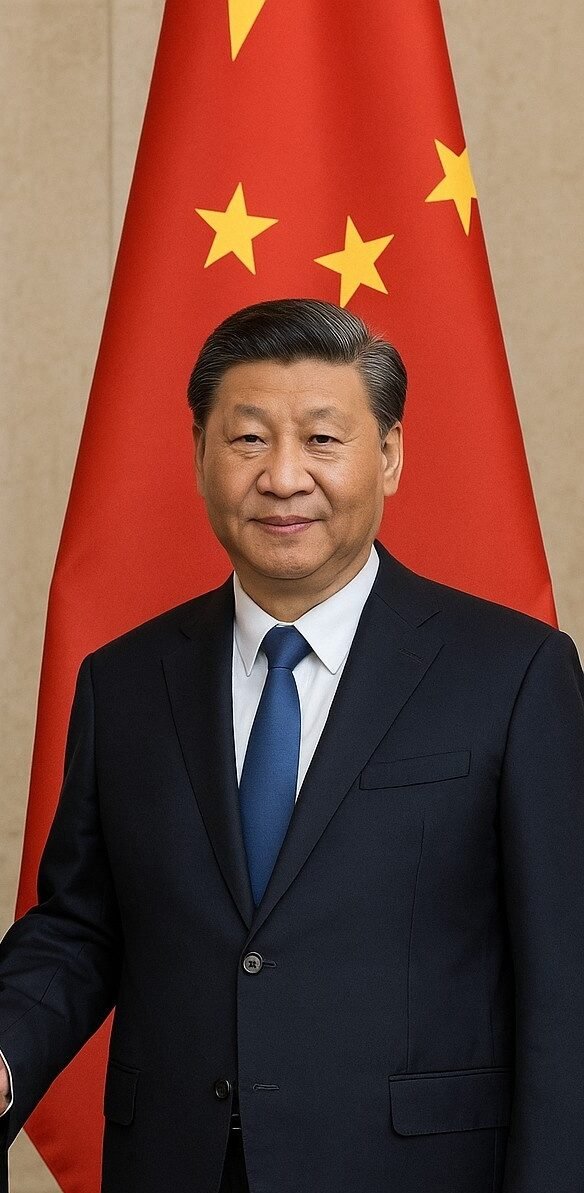Indian External Affairs Minister Dr. S. Jaishankar’s recent visit to China marks a significant diplomatic step amid ongoing efforts to normalize bilateral ties post the 2020 Galwan clash. The visit, his first to Beijing since the deadly border skirmish, included meetings with top Chinese leadership including President Xi Jinping and Foreign Minister Wang Yi. Though officially framed as a step toward stabilizing India-China relations, the timing and optics of the visit raise broader strategic questions involving Pakistan, the United States, and regional dynamics.
Over the past few years, China’s open backing of Pakistan, including alleged military support during periods of heightened India-Pakistan tensions, has drawn strong criticism within India. Jaishankar’s engagement with Beijing in such a context is seen not merely as routine diplomacy but as a calculated geopolitical maneuver.
The question arises: is India trying to balance its strategic posture between the United States and China? Observers note that while India has deepened ties with Washington and other Quad nations, China’s expanding influence in South Asia and among developing countries remains a growing concern.
Notably, India and China had already resumed diplomatic engagements in recent months. Prime Minister Narendra Modi and President Xi met during the BRICS summit in Kazan last October—their first bilateral interaction since the border tensions erupted. Following that, National Security Advisor Ajit Doval and Defence Minister Rajnath Singh visited China in June for the Shanghai Cooperation Organization (SCO) meeting.
While some commentators interpret Jaishankar’s trip as a reset in relations, others see it as a symbolic gesture aimed at keeping diplomatic channels open. Political analyst Shruti Pandale suggests the visit should be viewed as a sincere attempt to rebuild trust amid rising global uncertainty, particularly regarding the unpredictable policy stance of U.S. President Donald Trump.
“India has realized that we’re entering an era of transactional geopolitics,” says Pandale. “Where once the challenge was to manage China, and then Russia, now India must also manage Trump’s erratic decisions. Jaishankar’s visit needs to be viewed through that lens.”
India’s complex 3,000-kilometer border with China—marked by rivers, lakes, and icy terrain—remains a critical flashpoint. While security concerns linger, India’s approach has shifted toward dialogue. For instance, while China protested recent U.S. tariffs, India opted for diplomatic engagement.
Professor Pushpa Adhikari of international relations notes, “Though border issues remain central, they’ve taken a backseat—for now—because of Trump’s destabilizing foreign policies. This has pushed India and China to explore common ground.”
Jaishankar’s visit has also stirred domestic political debate. Critics, including opposition leaders, question the prudence of engaging with a nation that has overtly supported Pakistan. Yet Dr. Rajeev Ranjan of Delhi University argues that avoiding such platforms would harm Indian interests. “If India skips SCO meetings, it allows Pakistan to shape narratives unchallenged. And with India hosting the 2026 BRICS summit, any disengagement could weaken its diplomatic leverage,” he explains.
India has consistently maintained that its issues with Pakistan and China are bilateral and that third-party interference is unwelcome. This was reiterated at the SCO summit, where Jaishankar opposed external involvement—a clear signal aimed at both the U.S. and Pakistan.
Strategically, India advocates for a multipolar world order. With Russia seeking to revive a Russia-China-India trilateral axis, India faces a challenge in balancing its global partnerships. “Sooner or later, Washington will pressure India to choose sides,” says Adhikari. “India’s response will be critical in shaping future alliances.”
Despite public gestures of diplomacy, deep-rooted challenges between India and China persist—ranging from trade imbalances and the Belt and Road Initiative (BRI), to water disputes and border issues. Jaishankar reportedly raised these concerns during his visit, emphasizing that China must also address India’s long-standing grievances.
India must tread cautiously, focusing on stability, resolving border issues, and balancing relations with both the U.S. and regional players. Experts agree that sustained progress depends on mutual trust and strategic clarity.
In conclusion, Jaishankar’s China visit is more than a diplomatic formality. It signals India’s evolving foreign policy—aimed at asserting autonomy in a fragmented world order while keeping all options open.








